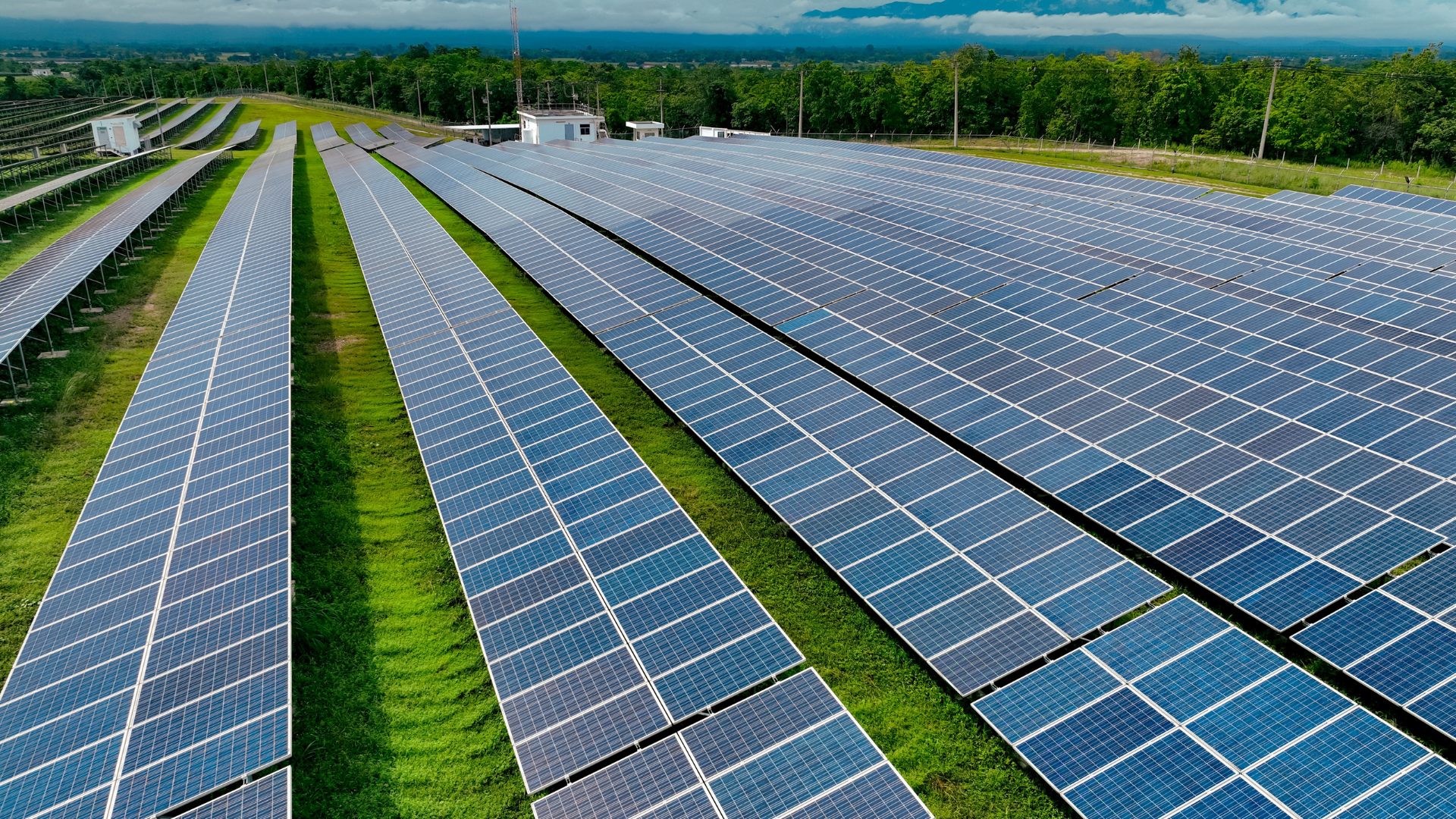Two influential energy analyst groups say the world will see a massive surge in renewable energy. However, the agencies are calling on government leaders to reduce greenhouse gas emissions to avoid the wrath of climate change.
Solar and Wind

The International Energy Agency released its latest report on October 9. The report forecasts three times more renewable energy than developed in the last five years. In addition, they believe half of the global electricity demand will be met with just wind and solar by 2030. By the end of the decade, the IEA projects that wind and solar power will roughly equal the total combined power capacity of the world’s major economies today.
“This report shows that the growth of renewables, especially solar, will transform electricity systems across the globe this decade,” IEA Executive Director Fatih Birol said in a statement accompanying the report. “Renewables today offer the cheapest option to add new power plants in almost all countries around the world.”
According to the IEA’s report, solar will see the most growth. Large-scale solar facilities and distributed rooftop solar installations could account for about 80 percent of the projected growth of renewable energy by 2036. Additionally, the report forecasts a growth in the wind sector. They expect the rate of expansion to double in the next five years.
The IEA predicts that China will experience the most of the renewable energy boom. By 2030, it will account for almost 60 percent of renewable installations, making China home to nearly half of the world’s total renewable power.
“While China is adding the biggest volumes of renewables, India is growing at the fastest rate among major economies,” the report says. As for the U.S., the report predicts the country will triple its domestic production of solar.
Embracing Renewable Energy

Dave Jones, the director of global insights at the independent energy think tank Ember, says the report shows that renewable energy outperforms most policymakers’ expectations. In a statement to Newsweek, Jones said, “Policymakers are embracing solar and wind like never before, but they are still two steps behind the reality on the ground.”
Despite a renewable energy boom, a report by research company Rhodium Group says the world still needs to meet international targets to limit dangerous warming.
Rhodium updates its outlook for global greenhouse gas emissions and temperature rise every year through the end of the century. In the 2015 Paris Agreement, nations committed to limiting global warming temperatures. The countries agreed to 2 degrees Celsius—or 3.6 degrees Fahrenheit—above pre-industrial levels.
Under current policies, Rhodium predicts we are on track to exceed that limit. They project warming likely nearing 3 degrees Celsius, or 5.4 degrees Fahrenheit, by 2100. Rhodium partner and report lead author Kate Larsen said the bigger challenge is in heavy industry, such as steel, cement, chemicals, and refining.
Larson said, “By 2050, industry will consume more fossil fuel than power generation and emit more greenhouse gases than power, transport, and buildings combined unless we accelerate policy and innovation today.”







